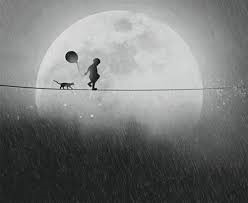Do forts and cubbies have a role in children’s learning and childhood?
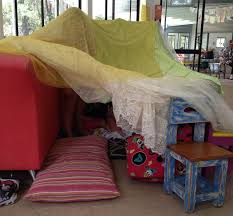
Education writer David Sobel (1993) has helped in developing the philosophy of place based education. His work emphasises the importance of children having opportunities to discover or to create their own specials spaces to children’s overall development, learning and emotional wellbeing. He advocates that children need spaces that are “secret” to them or that allow them to host their own secrets.
You might like to read more about David Sobel’s work at the Children and Nature Network:
http://childrenandnature.ning.com/profiles/blog/list?user=2nk1sxi1xuomt
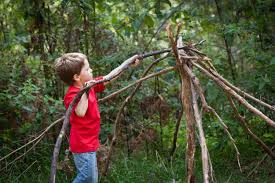
Place based education is finding its way into schools and communities.
Have a look at the ECO CUBBY Project in Victoria (2009-2013) which had lasting outcomes for children, schools and communities.
Architects, children and their teachers and families came together to design, plan, and think and to create ECO CUBBIES in homes, schools and in their communities. The idea behind this project was to promote sustainable design thinking with children, where adults created contexts for learning from their deep listening of children as they explored place and space.
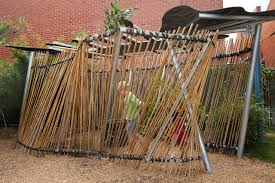
You might enjoy the resources and tools this project has to offer:
http://www.eco-cubby.com/
What do you think happens for children’s learning and development when they build cubbies, forts or create a secret space?
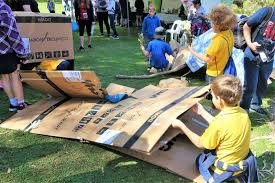



Jason Tyndall from Nature Play South Australia shared his observations of a cubby making day with children and their families in July 2015:
As it started to take shape I could see the numerous and immeasurable benefits the day would bring. I saw teamwork, with larger sticks needing several people to transport them; problem solving, such as how to get a rope over a high branch to make a swing; sharing, as materials were scarce at times; adventure, as children explored new areas; mentoring, as parents taught their children new skills such as tying knots; creativity, as children were given the license to build a cubby in any way they wanted to; pride and ownership, as children built something to call their own; language development, as stories and dialogue were attached to the cubbies; and finally, the most powerful element of all, the feeling of community, not only amongst participants but also with the natural world around them.
https://natureplaysa.org.au/a-cubby-community/
So what do you think?
In the Australian context of increased need for STEM education and graduates with expertise, passion and skills in the STEM areas – do you think children discovering or creating their own special spaces such as forts and cubbies has a role in children’s learning and childhood?
The Mitchell Institute Report Quality Education for All states that an education system oriented towards the future requires creative, entrepreneurial, resilient and capable learners. (April 2016 p.2) In the global context where there is a shared emphasises towards increasing innovation and creativity – do experiences like fort and cubby making which involve all the senses, body and mind together, have a role?
Professor Carla Rinaldi argues that school is both a place of transmission and the creation of culture and values. “It is a place that recognises children as citizens. It is a place of possibilities, where knowledge and identity are co-constructed and learning processes are investigated always in relationship with others – “Rinaldi, C, In dialogue with Reggio Emilia: Listening, researching and learning. U.K., Routledge: Psychology Press. P12.
How might place based learning enhance children as citizens and co –constructors of culture and values?

